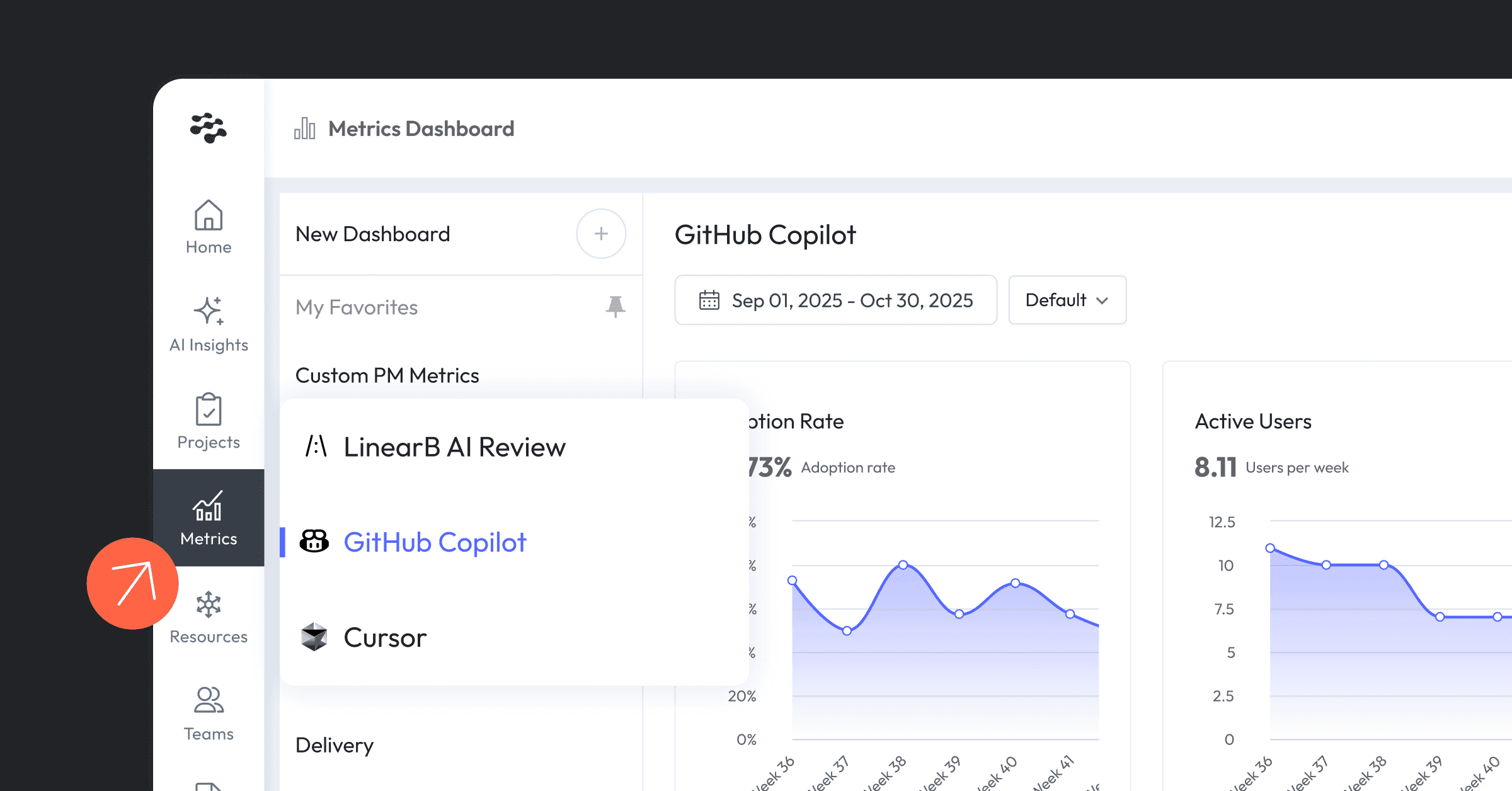As artificial intelligence reshapes software development, engineering leaders are at a crossroads. One path leads to the "accounting mindset," where AI is a tool for cutting costs and developers are viewed as expenses to be optimized. The other path, argues Matt Culver, a senior engineering leader at Super.com, leads to a human-centric approach where AI is a powerful multiplier for developer impact and organizational value.
Culver's philosophy is built on a simple but profound principle: to succeed with AI, you must first prioritize the developer experience. "If you don't align incentives to the developer primarily as your goal... whatever you're trying to do will fail no matter what," he emphasizes.
This article explores Culver's insights on navigating this new era, detailing the common pitfalls of current AI adoption, the strategic shift from measuring efficiency to maximizing "value generation leverage," and the critical role of human-centric metrics in building a high-trust, high-performance culture.
The problem: when AI makes a developer's job worse
Many organizations are rushing to implement AI, but in their haste, they are often making developers' lives harder, not easier. Culver observes that the "interaction surface area between a developer and the AI... isn't making developers' jobs more enjoyable and more interesting." This friction stems from a fundamental misunderstanding of how to apply AI effectively in a development workflow.
A common hazard is what Culver calls "constraint bias." Leaders point AI at a codebase and ask, "What's wrong here?" This forces the AI to find a plausible-sounding problem, which can send engineers down unproductive rabbit holes trying to validate suggestions that may not be optimal. Instead of using AI to find problems, Culver advises using it as a collaborative partner to "enhance your intuition, your direction, not 'give me the answer.'"
This issue is compounded when teams uncritically accept the sheer volume of code AI can generate. While it can produce tests or implementations rapidly, the resulting code is often verbose and complex, creating a significant future maintenance burden. These pitfalls demonstrate that without a clear, human-centered strategy, AI can easily create more problems than it solves.
The philosophy: from efficiency to value generation leverage
To counter these pitfalls, Culver advocates for a radical shift in perspective, inspired by NVIDIA's focus on revenue leverage per employee. The conversation around AI should not be about tuning for efficiency or reducing headcount. Instead, it should be about maximizing the "value generation leverage" of each engineer.
"This should be a conversation about how we can take the time that we gain back and reinvest it," Culver explains. This reframes developers from cost centers to creators of capital assets that generate revenue. The goal becomes amplifying the value each developer can create, whether by exploring more product possibilities, investing in quality improvements, or accelerating time-to-market.
This philosophy has yielded tangible results at Super.com. The company has achieved impressive growth without a corresponding increase in engineering headcount. As Culver notes, this has been "relatively static... not as a strategic cost-saving decision, but because we were able to get more and more value generation leverage." This proves that investing in developer impact is a more powerful growth strategy than simply cutting costs.
The implementation: human-centric metrics and enablement
This philosophy is put into practice through a disciplined, yet human-centric, approach to metrics. At Super.com, Culver's team uses LinearB to track metrics like cycle time, but with one crucial rule: these measurements are completely separate from performance evaluations. The metrics review is a "coaching session... completely exclusive of the performance management process," creating a non-punitive environment where data is a tool for improvement, not judgment.
This approach has driven dramatic results, with average cycle times dropping from over 100 hours to just 38. This directly translates to business value, as features reach customers faster. The key is to make metrics actionable and supportive. For example, a notification from their bot, WorkerB, about a long-running pull request isn't a punitive alert. Instead, it's a supportive prompt: "'Do you need help? How can I unblock you? This is a learning moment. Do you wanna pair?'"
This reframing transforms what could be perceived as surveillance into a supportive system that enables collaboration and learning. By using metrics to identify process constraints first, organizations can then apply AI strategically to the highest-impact areas, which are often not in code generation, but in upstream activities like product ideation or requirements definition.
AI as an amplifier for human ingenuity
The successful integration of AI into engineering is ultimately a test of leadership. It requires moving beyond the simple "accounting mindset" and embracing a more sophisticated, human-centric vision where AI serves as an amplifier for developer creativity and judgment, not a replacement for it.
Matt Culver's approach provides a clear and powerful blueprint. It's built on three pillars: a foundational commitment to the developer experience, a strategic shift in focus from efficiency to value generation leverage, and the use of metrics as a tool for coaching and enablement, not evaluation. This fosters a high-trust environment where innovation can flourish.
As leaders navigate the AI era, they must remember a fundamental truth: trust is hard to build and easy to destroy. By adopting a human-centric approach, they can build AI-powered workflows that not only accelerate value creation but also make the work of development more rewarding and impactful than ever before.
For the full story on maximizing developer value in the AI era, listen to Matt Culver discuss these ideas in depth on the Dev Interrupted podcast.




